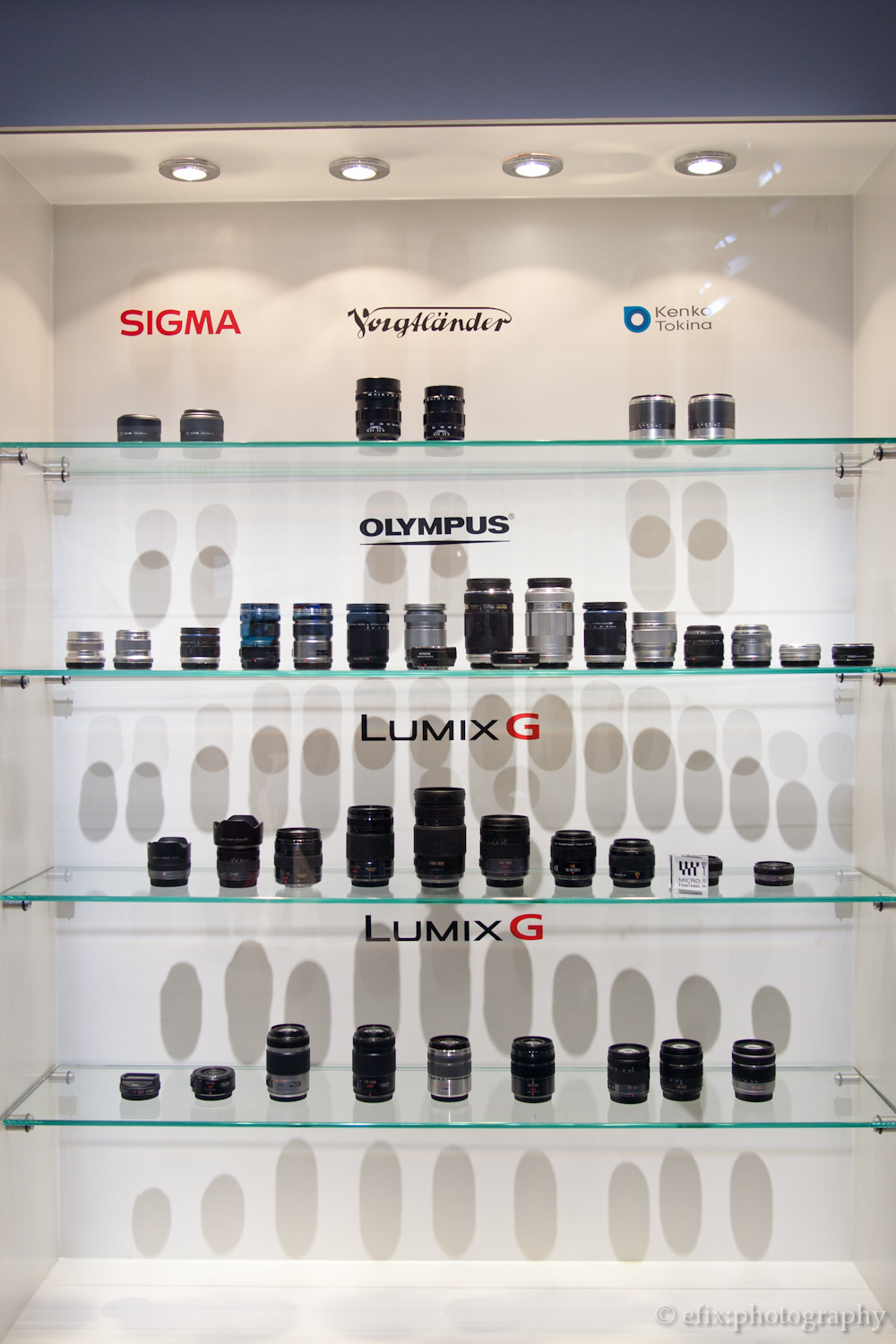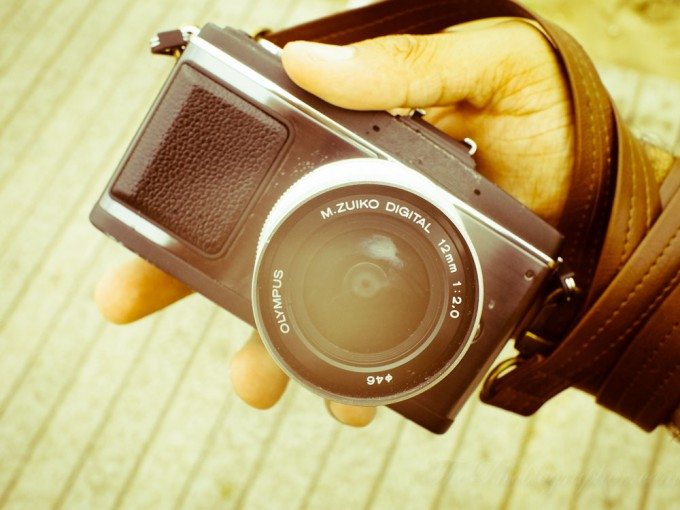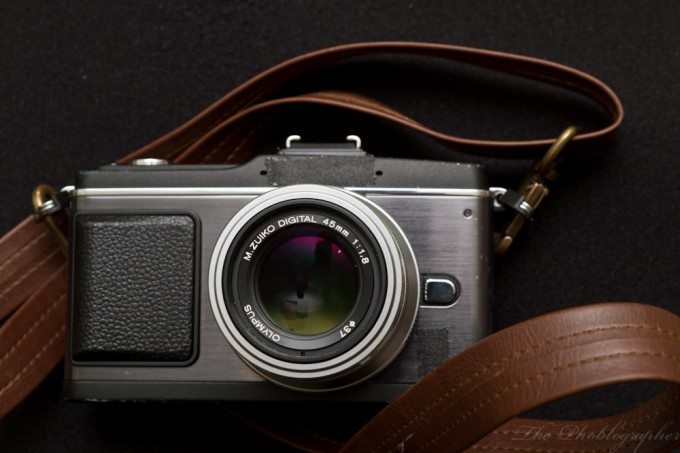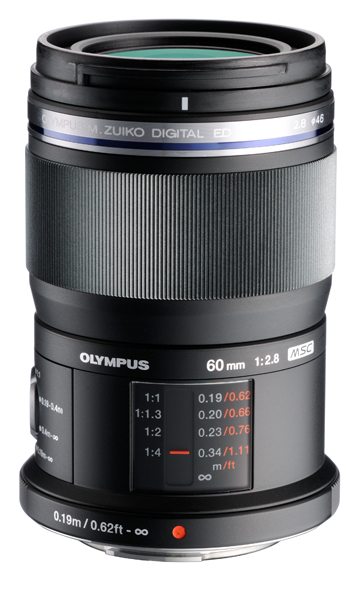Last Updated on 12/10/2012 by Chris Gampat
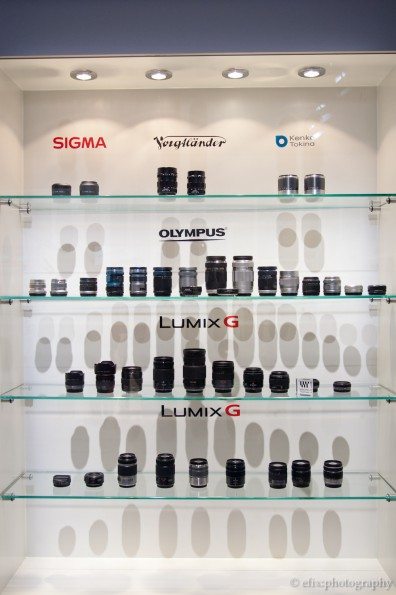
The holiday season is just around the corner, so it’s time to think about the right gear for your holiday pictures. If you’re a Micro Four Thirds user, you’re in a lucky position, as we have seen a whole slew of new lenses for the system in this year — in addition to the great lenses we already had. So no matter whether you’re on the search for a lens to use yourself, or for one to give away to someone for Christmas — this guide will help you pick one (or two, or more) from the vastness of glass that is available for the system by now.
Wide Angle (Like, in Really Wide)
If you’re looking for a really, really wide angle lens — for example to take interior shots, for achitectural photography or for landscape photography — you have the choice between rectilinear lenses and fisheye lenses. In both departments, there are a couple lenses to choose from for your Micro Four Thirds camera.
Fisheye Lenses
There are currently two fisheye lenses available for Micro Four Thirds: the Panasonic 8mm f3.5 and the Samyang (Rokinon/Bower/Walimex Pro) 7.5mm f3.5 (our review here). The Panasonic one has AF and an electronically coupled aperture, while the Samyang is all manual. Angle-of-view and speed are approximately the same, as are size and weight. What it boils down to then is whether you want AF or not, and whether you want your lens to be available in silver — which only the Samyang is. Oh, and of course the price. The Samyang is considerably cheaper (about half the $$$ of the Panasonic.)
Super Wide Angle Lenses

In the super wide angle department, you have the choice between zoom lenses and prime lenses, and again between manual lenses and AF lenses. On the zoom side, we have the Panasonic 7-14mm f4 and the Olympus 9-18mm f4-5.6. The Panasonic is a bit wider and faster at the long end, while the Olympus is considerably smaller, lighter and cheaper. Both will give you a lot of wide-angle real estate, and the flexibility to go from super wide to moderately wide (and everything inbetween) without having to switch lenses.
In the prime department, we have the stellar Olympus 12mm f2 (our review here) for a fully coupled AF lens, and the SLR Magic 12mm f1.6 (our review here) for an all manual lens. Both are pretty wide and pretty fast, but the Olympus is smaller and more expensive, while the SLR Magic is a bit larger and costs less. We tested both, and both are great lenses, though the Olympus probably has the edge in overall image quality.
Wide Angle Lenses
If you’re looking for a moderate wide angle lens, you have a couple of choices as well. Starting with the Panasonic 14mm f2.5, which is the smallest Micro Four Thirds AF lens so far. Next is the Olympus 17mm 2.8, which is an overall good performer and comes with the classic street photography focal length of ~ 35mm equivalent. The Olympus is less wide, but a lot slower to focus than the Panasonic. Price- and size-wise, the two are almost identical.
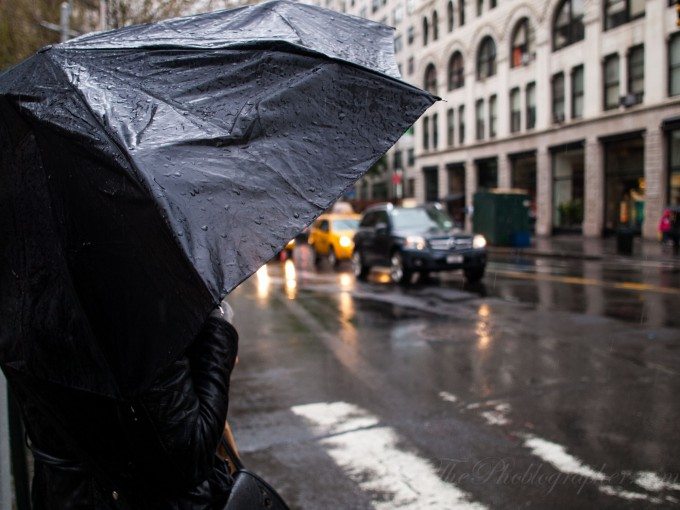
If you’re a fan of the classic 35mm field-of-view and need something faster, you have two choices again. First up is the new Olympus 17mm f1.8, which was just introduced, and comes with the same build quality and ingenious manual focus ring as the 12mm f2. If you don’t need autofocus and want something to use in (almost) total darkness, there’s really only one choice: the Voigtländer 17.5mm f0.95 (our review here) — the overlord of 35mm lenses. Our Editor in Chief has it and loves it. That speed costs you a little extra, though: it’s about twice the money you’d pay for the Olympus 17mm f1.8. Then again, it’s more than twice as fast …
A little longer and bordering on the normal lens focal lengths is the Sigma 19mm f2.8 (our review here). For its focal length and speed, the Sigma is rather large. On the upside, it delivers outstanding sharpness wide open, great color rendition and is very affordable.
Normal Lenses
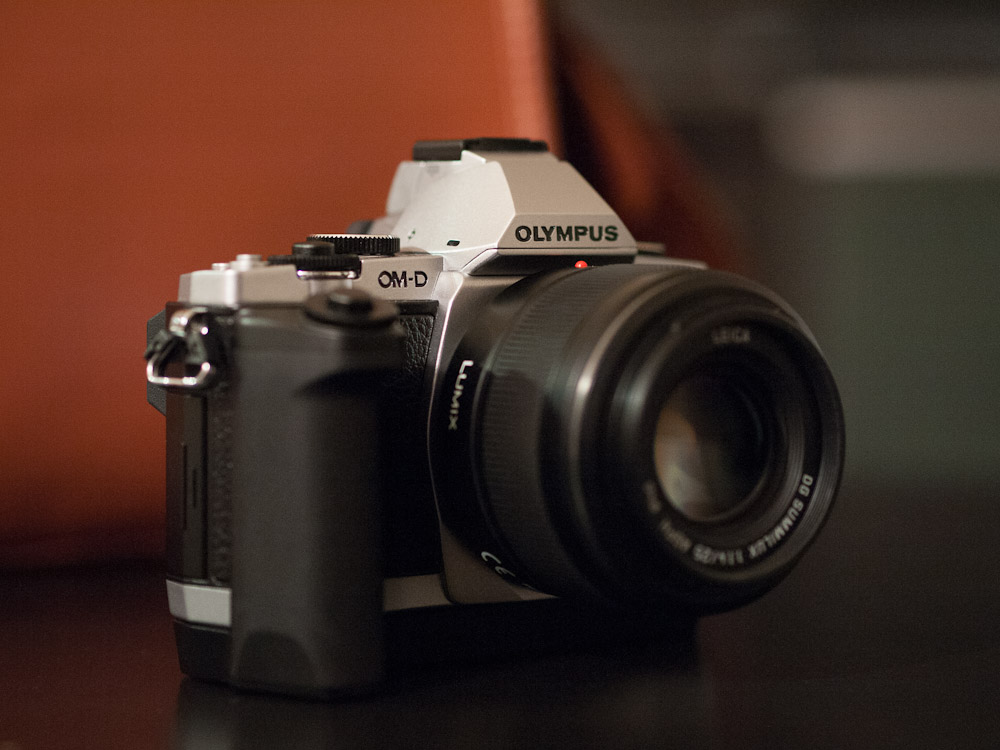
A ‘normal’ lens is a lens with an equivalent focal length between 45 and 50mm (or crop-sensor equivalents) — some slightly wider, some slightly longer. Here again the Micro Four Thirds system has multiple choices. Depending on whether your priority is a lens that is small, one that is quick focusing or one that is as fast as possible, you can choose between the Panasonic 20mm f1.7 pancake, the Panasonic/Leica 25mm f1.4 and Voigtländer 25mm f0.95.
The Panasonic 20mm f1.7 was one of the first lenses for the Micro Four Thirds system, and it’s the classic fast normal lens. With a field-of-view equivalent to that of a 40mm lens and a fast f1.7 initial aperture, this is the ideal allrounder for most photographic situations. Only drawback: it’s dead slow to focus. For a little more money, you can get the Leica-branded 25mm f1.4, which is larger, slightly faster and a lot quicker focusing. It’s not as sharp as the 20mm wide open, though. Also, its field-of-view is slightly more narrow.
With the same focal length, there’s the all-manual Voigtländer 25mm f0.95, which is no doubt the speed king in Micro Four Thirds land (together with its 17.5mm sibling). However, this lens is not only much larger and heavier than its two contenders, but also about twice as expensive. Again, the question is where your priorities are.
Finally, bordering on the telephoto focal lengths is the Sigma 30mm f2.8 (our review here). Like its 19mm f2.8 sibling mentioned above, this lens has outstanding image quality, great color rendition and is very affordable. Its focal length is odd, though, being slightly too long for a normal lens and slightly too short for a portrait lens.
Telephoto Lenses
In the department of portrait and telephoto lenses, we have seen some interesting developments lately as well. Beginning at the wide end, we have the Olympus 45mm f1.8 (our review here). Together with the aforementioned Panasonic 20mm f1.7, this might be just the bang for your buck lens. It’s cheap, it’s fast and it has amazing image quality. Also, it’s quick focusing, which is always good.
If you need something longer, the Olympus 75mm f1.8 (our review here) might be the right lens for you. Being clearly in the telephoto department (it is equivalent to a 150mm lens on 35mm full-frame), this beast of a lens has some of the creamiest bokeh available in Micro Four Thirds land. If you need or want a lens with super thin depth of field and the possibility for great subject isolation, this is the one to go with.
Finally, if you want to go really long, Tokina recently introduced a 300mm f6.3 mirror lens (our review here) for Micro Four Thirds. Thanks to its mirror constructions, the Tokina 300mm f6.3 builds very small and light for a lens of its focal length. On the downside, being a mirror lens, it doesn’t sport the best image quality. On the upside, it’s quite affordable.
Macro Lenses
For those of us who like to take pictures of small things with great magnification, or close-ups of stuff like flower blossoms, a macro lens is a must. Panasonic has the Leica-branded 45mm f2.8 to offer, while Olympus recently introduced the 60mm f2.8 (which is much smaller in reality than it seems). Both allow for 1:1 magnification, and both have focus limiters. The one of the Olympus is a bit more sophisticated with four focus ranges to choose from, while the Panasonic lens has only two to offer. Additionally, the Olympus lens has a combined distance and magnification scale and is also cheaper. The Panasonic, however, has ‘Leica’ written onto it … Both double nicely as portrait/short telephoto lenses.
Zoom Lenses

There are a couple of zoom lenses for Micro Four Thirds as well, beginning with the kit zooms from Panasonic and Olympus. Each company also has a superzoom and two tele zooms, a longer and a shorter one. What all these lenses have in common is that overall image quality is mediocre at best. If you absolutely need a zoom lens, there really are only two options: the Panasonic 12-35mm f2.8 ‘X’ (our first impressions here) and the 35-100mm f2.8 ‘X’.
The ‘X’ line is Panasonic’s latest line of high quality lenses, and the 12-35mm f2.8 and 35-100mm f2.8 are certainly the best of the bunch. Both offer a reasonable focal length range and reasonably fast f2.8 apertures. Most important, both offer constant f2.8 apertures, which means you’ll have the same f2.8 aperture across the whole zoom range. No loss of speed thus at the longer focal lengths.
The Phoblographer’s Recommendations
So, out of this sheer vastness of options, which do we recommend? Again, this depends entirely on what you need. Presuming that most photographers — amateurs or professionals — want to cover a wider range of focal lengths from wide-angle up to tele, we judge that three lenses covering wide-angle, normal and tele is the ideal setup. But which lenses are the ones for you?
Bang For Your Buck Kit
If you’re looking for a kit that doesn’t break the bank but don’t want to go short on image quality and speed, there’s really only one kit to consider:
- Wide Angle: Panasonic 14mm f2.5
- Normal: Panasonic 20mm f1.7
- Tele: Olympus 45mm f1.8
With these three lenses, you’ve got all important departments covered. All three are good performers, and all three are reasonably priced.
Ultimate Image Quality Money No Object Kit
If you’re going for ultimate image quality and money is no object, we recommend you get the following kit:
- Wide Angle: Olympus 12mm f2
- Normal: Panasonic/Leica 25mm f1.4
- Short Tele: Olympus 45mm f1.8
- Long Tele: Olympus 75mm f1.8
We included both the Olympus 45mm f1.8 and the 75mm f1.8 in this kit, since having only the 75mm f1.8 would leave a considerable gap between it and the 25mm f1.4. Also, while the 45mm f1.8 is certainly a great performer, the 75mm f1.8 is simply the crème de la crème. And money is no object in this kit, right?
All Manual Kit
Finally, you can always go all manual if that’s what you prefer. With the great EVFs of the latest Micro Four Thirds cameras, manual focusing isn’t an issue at all. For the all manual kit, these are our recommendations:
- Wide Angle: SLR Magic 12mm f1.6
- Normal: Voigtländer 25mm f0.95
At the time of writing this article, there is no real manual option for a tele lens out there. (We don’t count in the Tokina 300mm here as it’s simply too long for a standard kit.) A 35mm f1.4 from SLR Magic is announced, but not yet available. Of course, you can always adapt lenses from other systems. An old manual 50mm SLR lens might just do the trick, and these are usually reasonably fast, have good image quality, aren’t too big and are rather cheap on the used market.
Final Remarks
There are even more lenses for the Micro Four Thirds system out there, but you need to make a cut somewhere, right?. Whichever lens or lenses you decide to get, don’t forget the most important thing: it’s not all about the gear. So don’t forget to take some nice pictures this holiday season!
Please Support The Phoblographer
We love to bring you guys the latest and greatest news and gear related stuff. However, we can’t keep doing that unless we have your continued support. If you would like to purchase any of the items mentioned, please do so by clicking our links first and then purchasing the items as we then get a small portion of the sale to help run the website.


